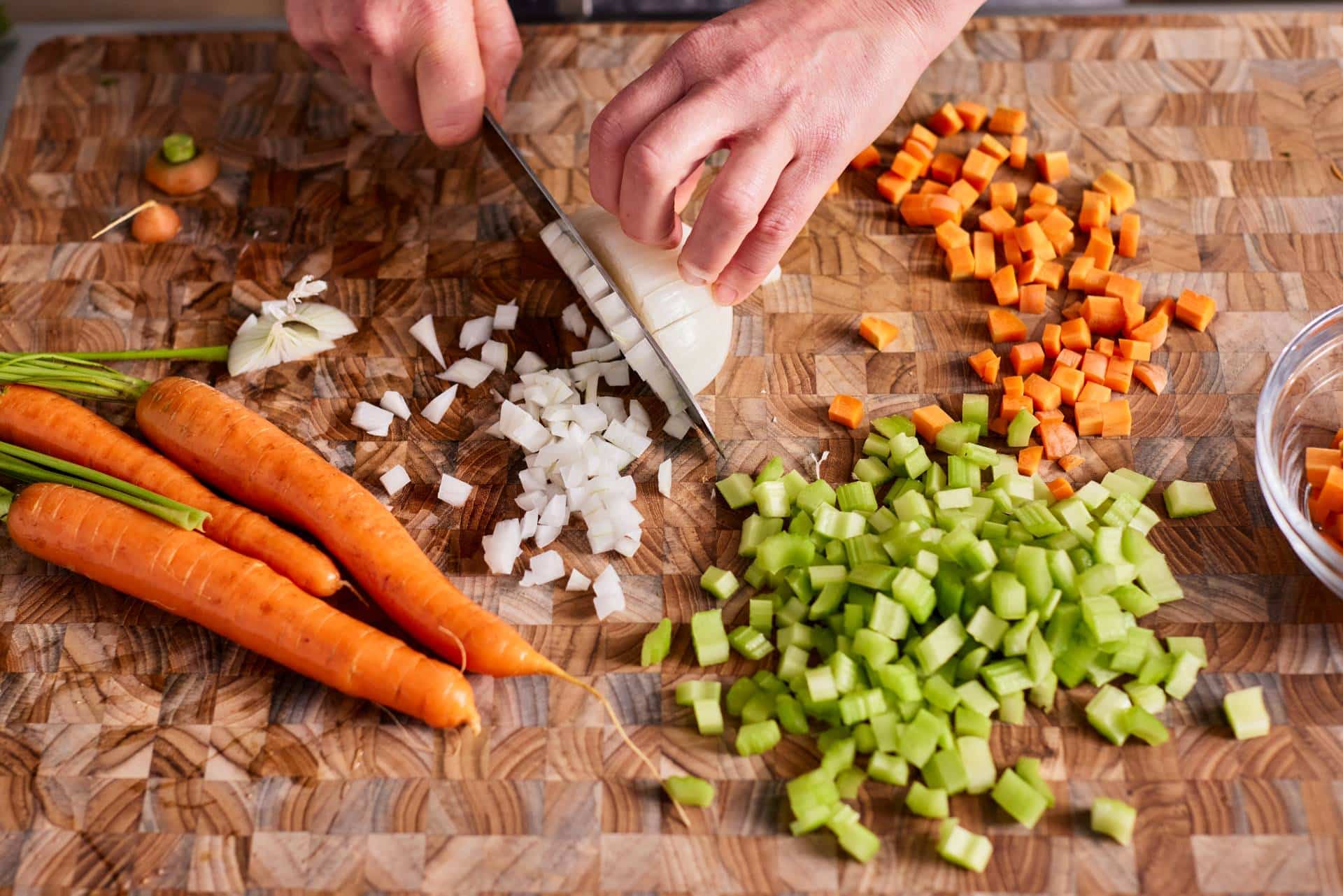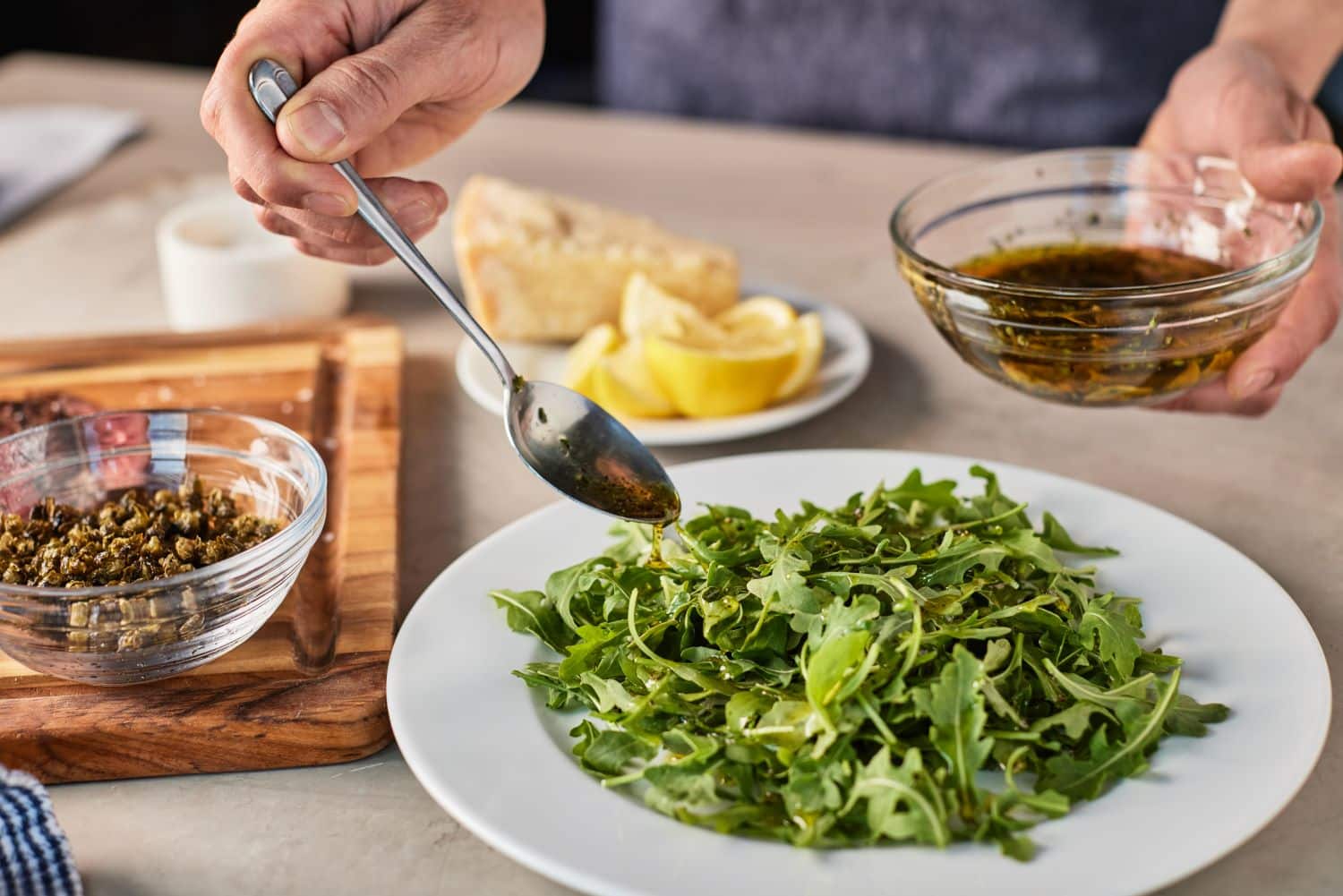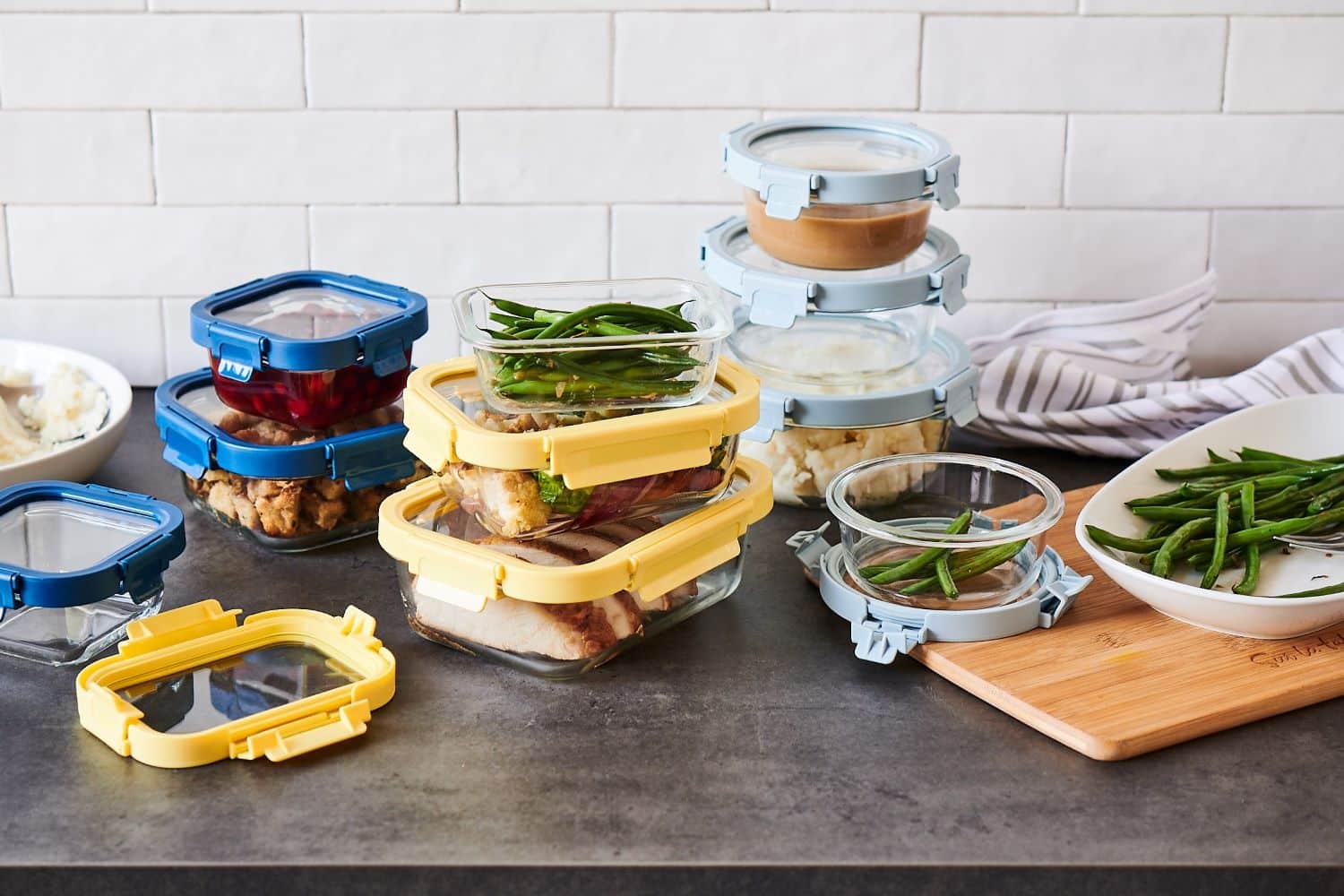A down-home kind of summer.


Kicking off a healthy eating plan feels a lot like trying to find your way through a maze, especially with the hustle and bustle of daily life, the lure of quick meals and trying to figure out what to eat in the first place. But here’s a secret weapon that can make it all a lot simpler: meal prepping.
It’s not just for fitness buffs or the ultra-organized—it’s a practical solution for anyone looking to eat better without spending hours in the kitchen every day.
Whether you’re totally new to the idea or you’ve been giving it a go and want to step up your game, we’ve got you covered. We’re all about making healthy eating easy, tasty and something you’ll actually look forward to.
Let’s get into how you can prep your meals like a pro, save time and still eat the kind of food that makes you feel great.
Hungry for more? Check out our cooking classes—from knife skills and pasta making to globally inspired eats, you’ll get hands-on guidance from our resident chefs, plus tips & tricks (and a delicious recipe) to take home.

Meal prepping is the process of planning and preparing meals in advance. This can involve cooking complete meals that are ready to be reheated and eaten, or preparing and portioning out ingredients for recipes that will be cooked later.
The key idea behind meal prepping is to make healthy eating convenient and reduce the temptation to opt for less nutritious, quick-fix dining options when time is short.

Meal prepping might seem daunting at first, but it’s essentially about making your life easier and your meals healthier. Here are some simple steps to help get you started on your meal planning journey.
Plan your meals.
The first step in meal prepping is to plan your meals.
Decide what you want to eat for the week, considering breakfast, lunch, dinner and any snacks. Aim for a balanced diet that includes a variety of fruits, vegetables, proteins and whole grains. Planning your meals can help ensure you get the necessary nutrients and avoid the monotony of eating the same thing every day.
Here are a few ideas for each of the main meals of the day:
Shop smart.
Once you have a meal plan, create a shopping list of the ingredients you’ll need. Stick to your list to avoid impulse buys that may not fit into your meal plan.
Shopping smart also means choosing fresh and whole-food options whenever possible, as these are generally more nutritious than processed foods.
Pro Tip: Frozen fruits and veggies are a great resource! These items are frozen at peak ripeness, which helps them maintain not only their flavor, but also their nutrients. Utilizing frozen fruits and vegetables is also a great way to get access to produce that would otherwise be out of season.
Cook in batches.
The next step is to cook your meals in batches.
You can dedicate a few hours over the weekend to cook and prepare dishes that can be easily reheated throughout the week. You can also use your oven, stovetop and any other appliances you have to cook multiple items at once.
For example, while a tray of chicken breasts bakes in the oven, you could have rice cooking in one pot and veggies steaming in another.
Portion and store.
Once your meals are cooked, portion them out into individual containers. This step is crucial for portion control and ensuring you have meals ready to go when you need them.
Use clear containers to see what’s inside easily, and don’t forget to label them with the date.
Mix fresh and prepped.
Not everything has to be cooked in advance.
Fresh fruits and vegetables can be prepped but kept raw to maintain their crunch and nutritional value. Adding these to your meals throughout the week keeps things interesting and varied.

Meal prepping can streamline your week, save you money and keep your diet on track. Here are some tried-and-true tips to make your meal prepping journey both effective and enjoyable:
Hungry for more? Check out our cooking classes—from knife skills and pasta making to globally inspired eats, you’ll get hands-on guidance from our resident chefs, plus tips & tricks (and a delicious recipe) to take home.
Join The Conversation